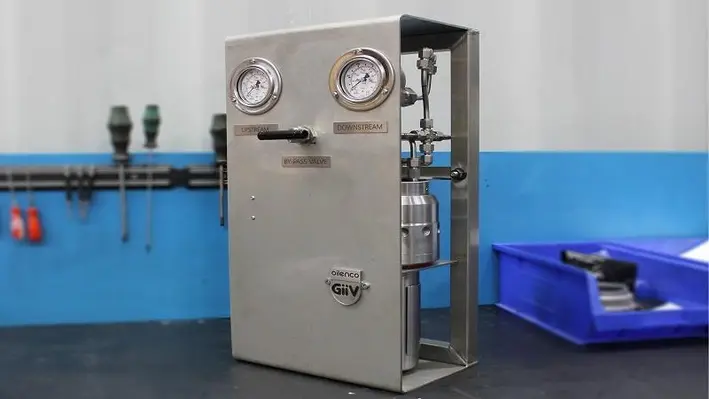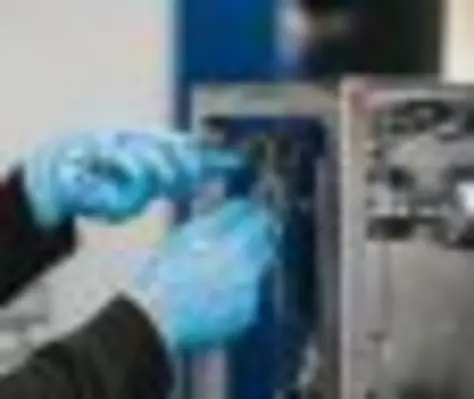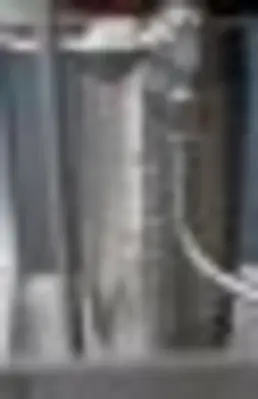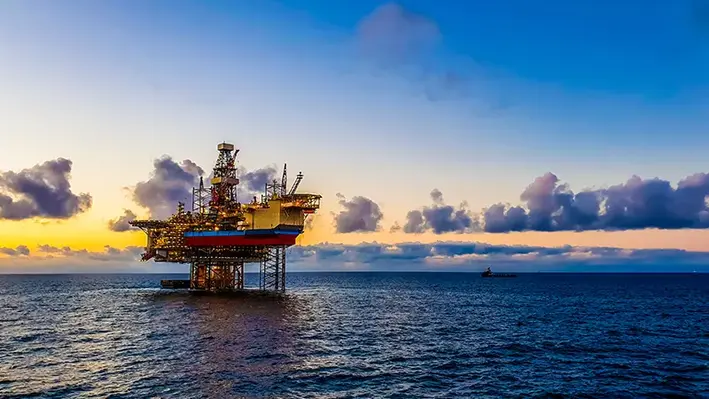
In the oil and gas industry, tubing retrievable subsurface safety valves (TRSSSV) are routinely tested to ensure they provide fail-safe well protection. However, it is not uncommon for these safety valves to reveal seal integrity issues when closed.
As the hydraulic control line bypasses all conventional wellhead valve closure systems, this increases the risk of well integrity being compromised and the likelihood of uncontrolled hydrocarbon gas migrating to the surface.
When control line gas ingress is a known issue, it is feasible to manually isolate at the control line inlet, however under an emergency shutdown (ESD) situation, when the safety of personnel is the highest priority, manual intervention may not be possible, potentially leaving an exposed route for hydrocarbon gas to migrate through the main hydraulic power unit (HPU).
In 2016, during a routine test, a North Sea operator discovered gas seeping through the TRSSSV through a failed seal, travelling up the control line, accumulating at the HPU. Whilst this was a scheduled test and manual intervention was possible, it was categorised as a severe risk should an ESD situation arise. Oilenco identified the necessity for a fully autonomous solution and designed the Gas Ingress Isolation Valve (GiiV).
The primary purpose of the GiiV is to perform the same function as manually isolating the control line, but without human intervention. Situated in close proximity to the control line inlet, the system is fully autonomous and does not require additional infrastructure to operate. By using elements of the existing well control system, the GiiV can detect a reduction in pressure of the safety valve control line system. When the system is depressurised sufficiently to fully close the downhole safety valve, the GiiV automatically isolates the control line.
To reopen the GiiV, pressure from the HPU is applied, and with the GiiV open, further system pressure re-opens the downhole safety valve allowing operations and production to resume.
The GiiV has been designed so the isolation process can be repeated time and time again as often as required without human intervention.
Whilst the GiiV does not fix the root cause of the gas ingress, it acts as a safety barrier allowing the operator time to plan a solution, protecting people, the asset, and the environment.

Warren Ackroyd, Managing Director, Oilenco, said, “Presenting this solution to market was a game changer in offshore safety and hydrocarbon gas ingress management. Each GiiV complies with UKCA certification, and we are constantly reviewing the technology to ensure it continues to play a vital role in the life safety and asset integrity of offshore assets.
There are currently 18 GiiV’s in the field installed by various operators across the North Sea, Vietnam, and Indonesia with a further 14 units currently in production in 2022. As Oilenco celebrate six years since the conception of the GiiV, this tried and trusted product has become a safety critical solution for gas ingress challenges and an established part of well integrity assurance.”





